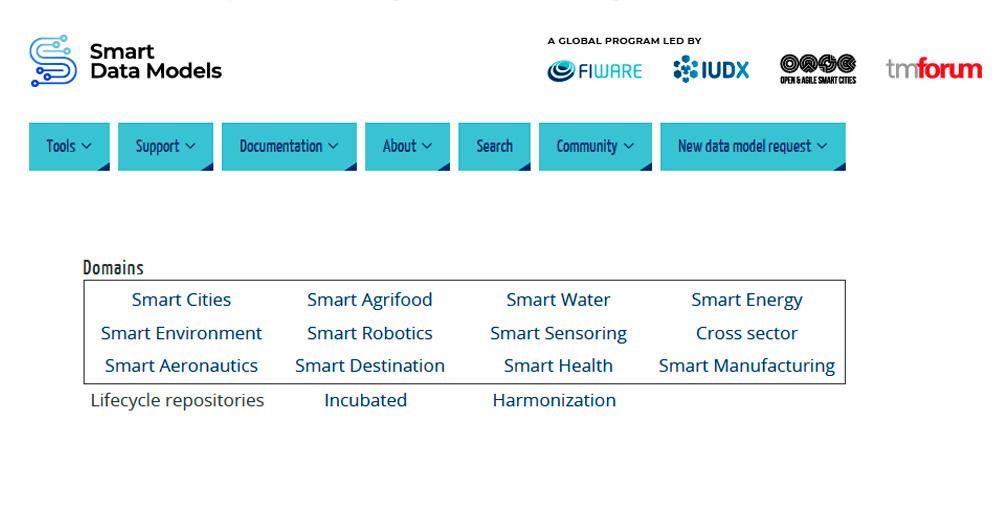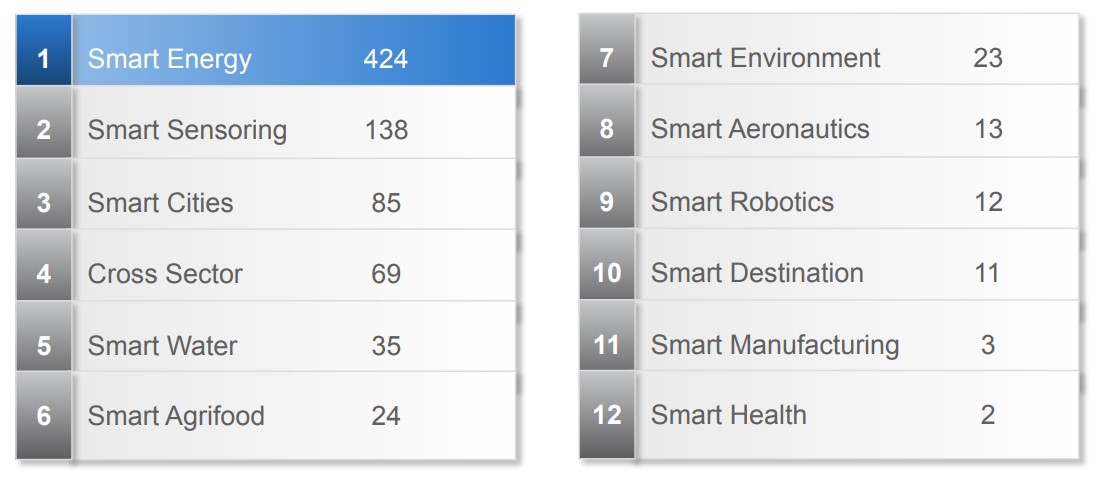
In the current context, digitalisation has expanded exponentially, reaching beyond the boundaries of the private sector and consolidating itself as one of the great challenges in all productive sectors of society. This process has brought with it the massive generation of data from which to extract value. However, according to an IDC/EMC study, it is believed that, despite the fact that the volume of data will multiply exponentially in the short term, only 1% of the data generated is used, processed and exploited. One of the reasons for this lies in the inconsistency and inflexibility of data models, which block data integration.
In this regard, the Spanish government's Recovery, Transformation and Resilience Plan, which details Spain's strategy for channelling EU funds to repair the damage caused by the pandemic, emphasises technological reforms and investments focused on building a more sustainable future. One of the main challenges in this area is to boost data sharing, mainly in those sectors with the greatest impact on society, such as health and tourism.
To this end, smart data models play a fundamental role. But what exactly are they?
visión común que proporciona una base técnica para lograr la apertura de la innovación.
What are Smart Data Models?
A traditional data model is a representation of the elements of a dataset and their relationships and connections to each other. Smart Data Models go one step further. They are common and compatible data models, with the objective of supporting a digital marketplace of interoperable and replicable smart solutions across multiple sectors, so that the availability of data in specific domains is homogenised.
These models propose a common vision that provides a technical basis for unlocking innovation.
SDM Initiative
The FIWARE Foundation, TM Forum, IUDX and OASC have joined forces to lead a joint collaborative initiative to bring together intelligent data models by domains, making them available to organisations and any user who wants them. This is known as the SDM (Smart data models) initiative, in which all data models are public.
In this way, it responds to the new data modelling needs at the speed required by the market, reusing models that have already been tested in real scenarios.
How does it work?
The fundamental objective of SDM is that organisations can evolve their vision of data exchange towards a sharing that supports both the so-called Data Economy and the data spaces.
The Data Economy is nothing more than the set of activities and initiatives whose business model is based on the discovery and exploitation of data to identify opportunities that generate products and services.
SDM classifies information by domains or industrial sectors, creating a repository for each of them. In addition, each domain contains sub-modules with the relevant topics for that domain and, within each topic, the related data models. However, shared cross-cutting elements are also available for all domains. For each of these repositories, models can be extracted free of charge. It is also possible to contribute to the initiative by filling in a collaboration form to create new ones.
To facilitate sharing and common understanding, each model includes three elements:
- The model's technical representation that defines the data and its relationships, using JSON structures.
- The specification or manual with the functional descriptions of each of the elements contained in the model.
- Examples to ensure understanding.
In addition to its public nature and free use, it has a licence that allows users to make modifications if they consider it necessary, as well as to share these modifications with the rest of the users. To this end, a workflow is defined according to the phases of the life cycle of the data models, which presents three stages:
- Official: the data models have already been accepted and are fully available to users with the three elements described above.
- In harmonisation: the models have already been accepted, but are still in progress to complete the elements.
- In incubation: the models are being developed and supported by the organisation to achieve an official model.
Through this initiative, data models sharing at all levels will be made more dynamic. For the moment, models have already been homogenised in the domains of smart cities, the agri-food sector, water treatment, energy, environment, sensor technology, robotics, aeronautics, tourist destinations, health and manufacturing industry, as well as some transversal ones such as social media or incident monitoring, although not all to the same extent, as shown in the following image with the number of models included in each domain.

It is, without a doubt, an initiative that facilitates the path towards the data-driven transformation of products and services, providing the opening of models as the technical basis on which the adoption of reference architectures will be based. If you want to go deeper, the SDM itself contains a "Learning zone" section to facilitate learning about the initiative and encourage its use, including self-explanatory videos.
There is also a whole series of tools for those users who, although experts in their sector of activity, are not experts in the generation of data models. Under the tools menu item, there are services that allow users to generate a draft data model with an example, an assisted online data model editor, options to generate examples from existing data models, and options to incorporate the @context element that allows connection to linked data solutions.
Global initiatives such as SDM are of great importance when it comes to agreeing benchmarks to optimise citizen services. They constitute a further step in the objective of achieving common data spaces, making available contrasted data models. This milestone is a major accelerator for its transcendence, even at European level, with major initiatives already underway, such as GAIA-X.
Content prepared by Juan Mañes, expert in Data Governance, with contributions from the Data Office.
The contents and views expressed in this publication are the sole responsibility of the author.